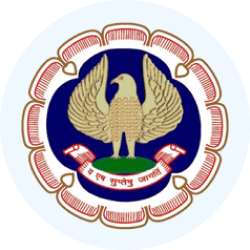CA Intermediate Exam > CA Intermediate Videos > Crash Course for CA Intermediate > Risk Assessment and Internal Control - 4
Risk Assessment and Internal Control - 4 Video Lecture | Crash Course for CA Intermediate
FAQs on Risk Assessment and Internal Control - 4 Video Lecture - Crash Course for CA Intermediate
| 1. What is the importance of risk assessment in the internal control process? |  |
Ans.Risk assessment is crucial as it helps organizations identify and analyze potential risks that could impact their objectives. By understanding these risks, organizations can implement appropriate controls to mitigate them, ensuring the integrity of financial reporting, compliance with laws and regulations, and operational efficiency.
| 2. How do organizations conduct a risk assessment? |  |
Ans.Organizations typically conduct risk assessments through a systematic process that includes identifying risks, analyzing their potential impact and likelihood, and prioritizing them based on their significance. This often involves gathering data, consulting stakeholders, and evaluating existing controls to determine where improvements are needed.
| 3. What are the key components of an effective internal control system? |  |
Ans.An effective internal control system includes several key components: the control environment, risk assessment, control activities, information and communication, and monitoring. Each component works together to create a framework that supports the organization's objectives and ensures compliance with applicable regulations.
| 4. What role does the control environment play in internal control? |  |
Ans.The control environment sets the tone for the organization and influences the control consciousness of its employees. It encompasses the integrity, ethical values, and competence of the organization's management and staff, along with the governance structure and policies that guide the organization’s operations.
| 5. How can organizations improve their internal controls over time? |  |
Ans.Organizations can improve their internal controls by regularly reviewing and updating their risk assessments, implementing new technologies, conducting training sessions for employees, and establishing a culture of accountability. Continuous monitoring and feedback mechanisms are also essential to adapt controls to changing circumstances and emerging risks.
Related Searches



















